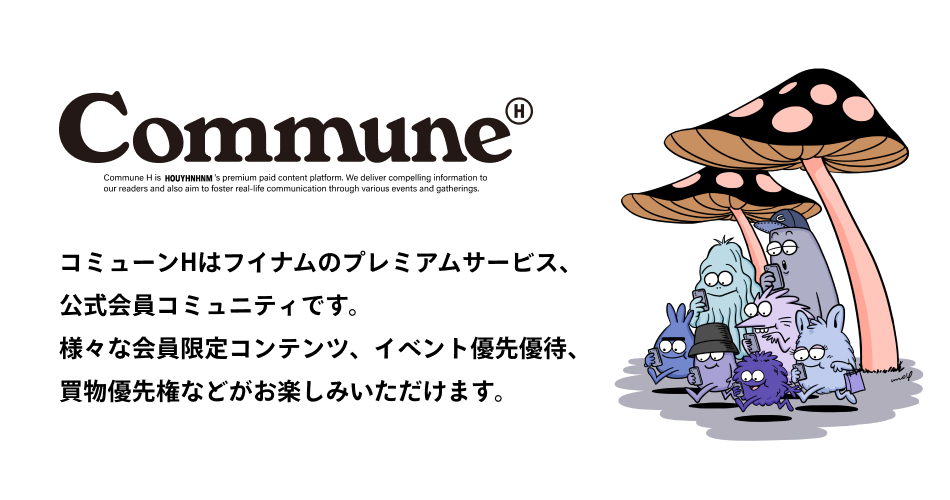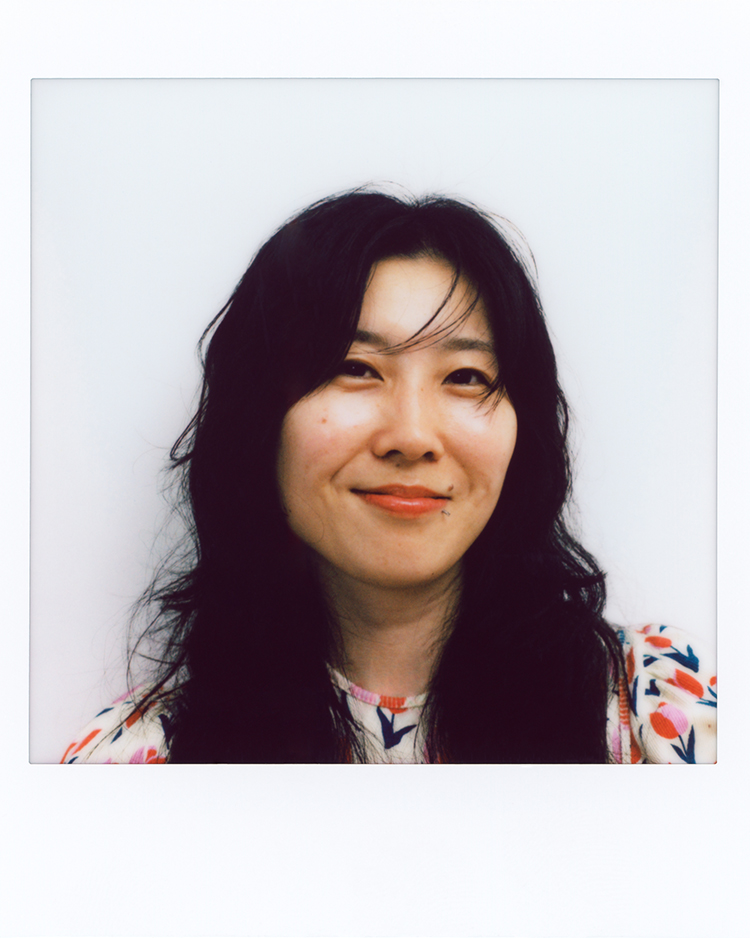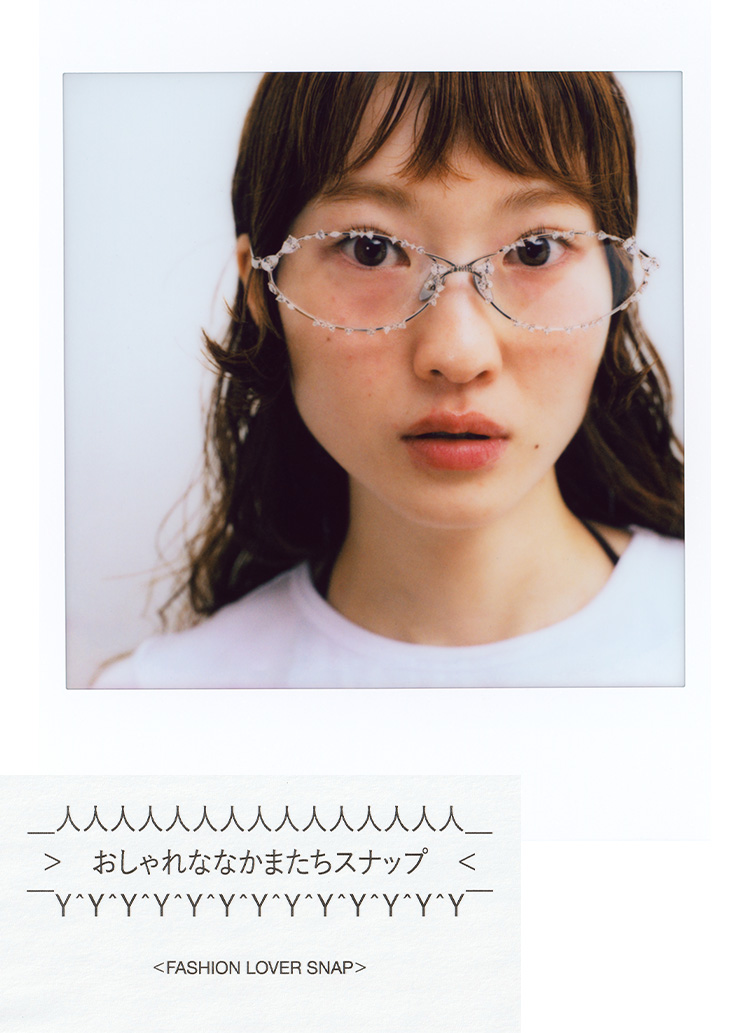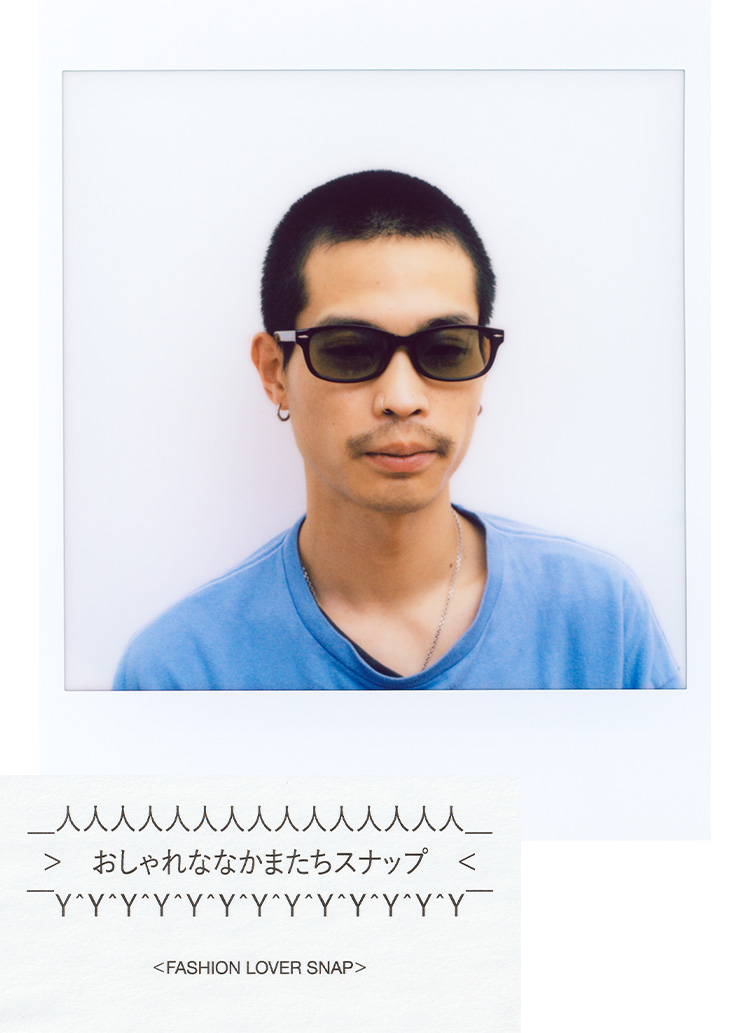
Did you know that the Venice International Film Festival has a College Cinema section designed to discover new filmmakers? Filmmakers are invited to make a presentation of the film they would like to make, and if it passes the selection process, it will be financed by the Venice International Film Festival and produced. The film "Blanca and the Guitar Player" by Hiroki Hasei, the first Japanese director to be selected for such a project, will open at Ginza Cine Switch on Saturday, July 29.
This global film was shot in the Philippines by a Japanese filmmaker with funding from an Italian film festival. The film has already won numerous awards at film festivals around the world and attracted a great deal of attention even before its release in Japan. The film was highly acclaimed for its colorful images of Philippine streets and realistic performances by the cast of actual street people.

~STORY~.
Blanca, an orphan girl living on the streets, stealing and begging, comes up with the idea of "buying her mother with money". To make her idea come true, she sets out on a journey with Peter, a blind man she has just met who plays guitar on the street. Blanca repeatedly steals to buy her mother's money, but Peter teaches her how to make money by singing. Blanca's voice, accompanied by Peter's guitar, attracts people to her, and she is offered a chance to perform on stage at a live restaurant. Blanca's plan seems to be going smoothly, but the adults around her put her in unexpected danger.

The screening event was held one step ahead of the film's release, and Saidel Gabdelo, who plays Blanca, visited Japan to coincide with the event. Saidel Gabdelo, who plays Blanca, came to Japan to perform her beautiful singing voice. At the event, Director Hasei shared his thoughts on the film.

You directed your first feature film. What do you find interesting about making a film?
Director Hiroki Hasei ("Hasei"):Making a movie is like making the future. It is what we call fantasy, but by making it together, it becomes real. It means that we have created a life. Everyone participates in that life. Filmmakers I admire, such as Emir Kusturica, have created their lives through their films. I wanted to make a life like that, too. In the film, Seidel lived the life of Blanca, and Peter lived the life of his character. Being able to create a life together is something only filmmaking can offer. People involved in filmmaking can lead a life that is different from the line of reality. That is the interesting part of filmmaking. It is often said that an actor lives the role, but as a director, I created the life itself, and I believe that all the staff members lived it together.


I heard that you searched the streets for most of the cast.
Hasei:We, too, live in the present without knowing what the future holds. In that sense, I think it is fair to say that the future is a fiction. Casting was a way to create that future. A movie is a fantasy, but when I thought of it as the future, I wanted to put something simple there, and I did not want to lie as much as possible. I wanted to make a film with people who were living real lives there, rather than have actors bring something to the film. That's what I had in mind.

-I think you could have shot the music scene in a more dramatic way. Throughout the entire film, I felt that you dared not to overdo the emotion?
Hasei:I wanted to express what I wrote in the script without adding too much flavor. I could have gone for a more exaggerated approach, but I wanted to capture the soul of the people in the film in the simplest way possible. So I eliminated any seasoning in the camera work and kept it as simple as possible.
-What were some of the difficulties you faced, being unknown in Japan?
Hasei:The art of film is very close to funding. This film was also made with the support of Venice, and it took a long time to finally make it. There was neither a famous cast nor a famous original story, and making a film with street children in the Philippines was quite a hurdle to overcome, considering it as a business.
 We were also able to get comments from Saidel Gabdelo, who visited Japan.
We were also able to get comments from Saidel Gabdelo, who visited Japan.
-What is your impression of Director Hasei?
Saidel Gabdero ("Gabdero"):Making a film with a Japanese director was a very enjoyable experience for me. He gave me a lot of advice and told me, "You can do it, so give it a try," which was very encouraging.
-What was the hardest part of acting for the first time?
Gabudero:Reading the script, I had a hard time internalizing the character of Blanca. In reality, I am not a very naughty girl, nor do I live on the street. So it was a little difficult for me to play that.
-What are your memories of Peter as a guitar player?
Gabudero:I have really good memories of singing with him. He played the guitar for me and we practiced singing in between shoots. He was a very kind person.

Director Hasei has been wandering abroad ever since he visited the Smoky Mountains, a slum in the Philippines, when he was in his 20s and was struck by the experience of spending time with the children living there. He has been wandering abroad ever since. He says that he shot this film to give form to the emotions he felt at that time and share them with as many people as possible. This film, which was produced across borders to convey his feelings, is distinctly different from commercialism. It is sure to draw you in.
Text_HOUYHNHNM
Blanca and the Guitar Player
July 29 (Sat) in Cinesport Ginza and other theaters nationwide.
Distributor: Transformers
Supported by: Italian Cultural Institute
cast
Saidel Gabtero.
Peter Miralli
Jomar Bisjo.
Raymond Camacho
staff
Director/Screenplay: Hiroki Hasei
Production: Flaminio Zadora
Photo by Takeyuki Onishi
Music: Aska Matsumiya







